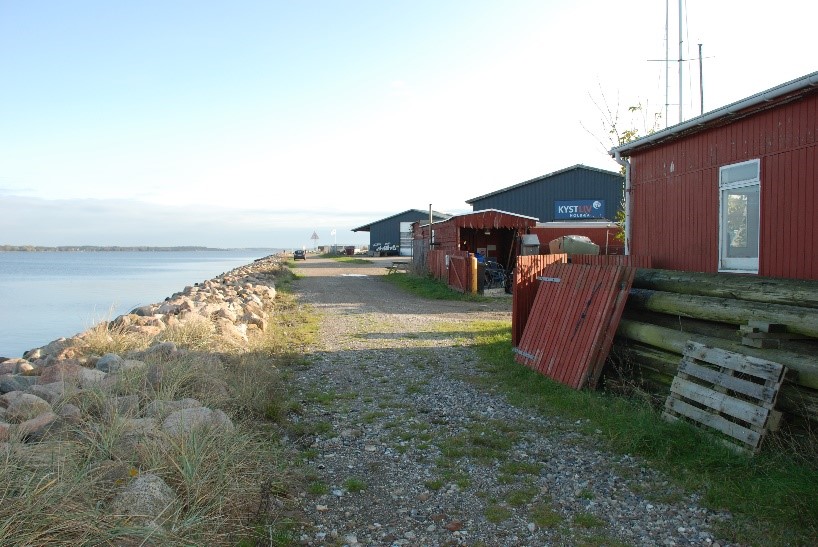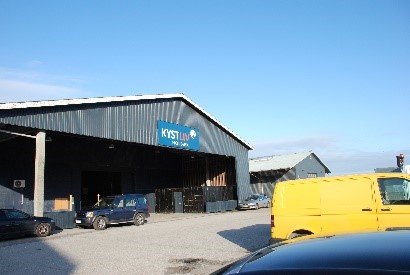Tourism entrepreneurship development in small ports (Danish case)
Tourism entrepreneurship development in small ports (Danish case)
Lead: Holbæk Municipality
A case study for studying culture heritage and traditional shipbuilding as resource for tourism entrepreneurship development in Holbaek harbour, Denmark. Holbaek harbour placed direct in the middle of Holbaek City. The experiences and business practices will be transferable to other BSR countries. Recently the Danish National Museum has decided that Holbaek harbour shall be the main reconstruction venue, for their largest historical wooden boats in the future.


Over time the harbour og Holbaek has transformed into a new use with structures which has been easily absorbed to facilitate a multifaceted use in a relatively compressed area. The traditional harbour is therefore characterized with it appears more practical than aesthetic. These considerations made the port stand out from the rest of the city. At the same time, the port is different, as it has expanded on several occasions by growing into the fjord creating new country. In doing so, the areas are marked by growing with the activity on site.
The harbour has historically been flexible in terms of areas. The harbour in Holbæk has a central and near location in the city both physically and historically, and is an important part of the soul of the city. Despite this, the harbor lost its anchorage in many ways in the city over time by the passing of important activities, and eventually the shipbuilding industry disappeared. Today, the area is on the verge of redefining itself, and the opportunity is again being looked at to create a new life that extends ties back to the center and can revitalize the axis between the city and the harbour, and make Holbæk take its historical heritage and the qualities, which is left here.
Implementation:
- Outline for the redevelopment of the harbor halls - with the greatest focus on the external framework and functions. Including description of material character and expression incl. dialogue with site users.
- Outline of possible new buildings at the museum pier. incl. dialogue with site users.
- Visualizations, of the visual transformation of the harbor halls (both the National Museum and the Coastal Life Center), "Mystic Seaport" as a reference.
Outdoor areas:
- Outline of the outdoor areas in connection with the redevelopment - incl. coordination around the Museumsmolen with associated quay facilities. Including description of material character and expression, as well as a functional programming of the outdoor areas. (outdoor seating, stays, work area, traffic and parking spaces, etc.).
- Outline of the harbor promenade and canal / new space formation south of halls.


Expected results:
A development plan for the museum pier and the surrounding areas
A contribution to the development of a holistic General Cost and Climate adaptation plan for Holbaek Municipality.
Input to the development of sustainable multi stakeholder Land-Sea Interaction concepts
Keywords:
spatial planning, local development, local communities, tourism, stakeholder involvement
Leading partner:
Holbæk Municipality
Jørgen Grubbe ([email protected])

